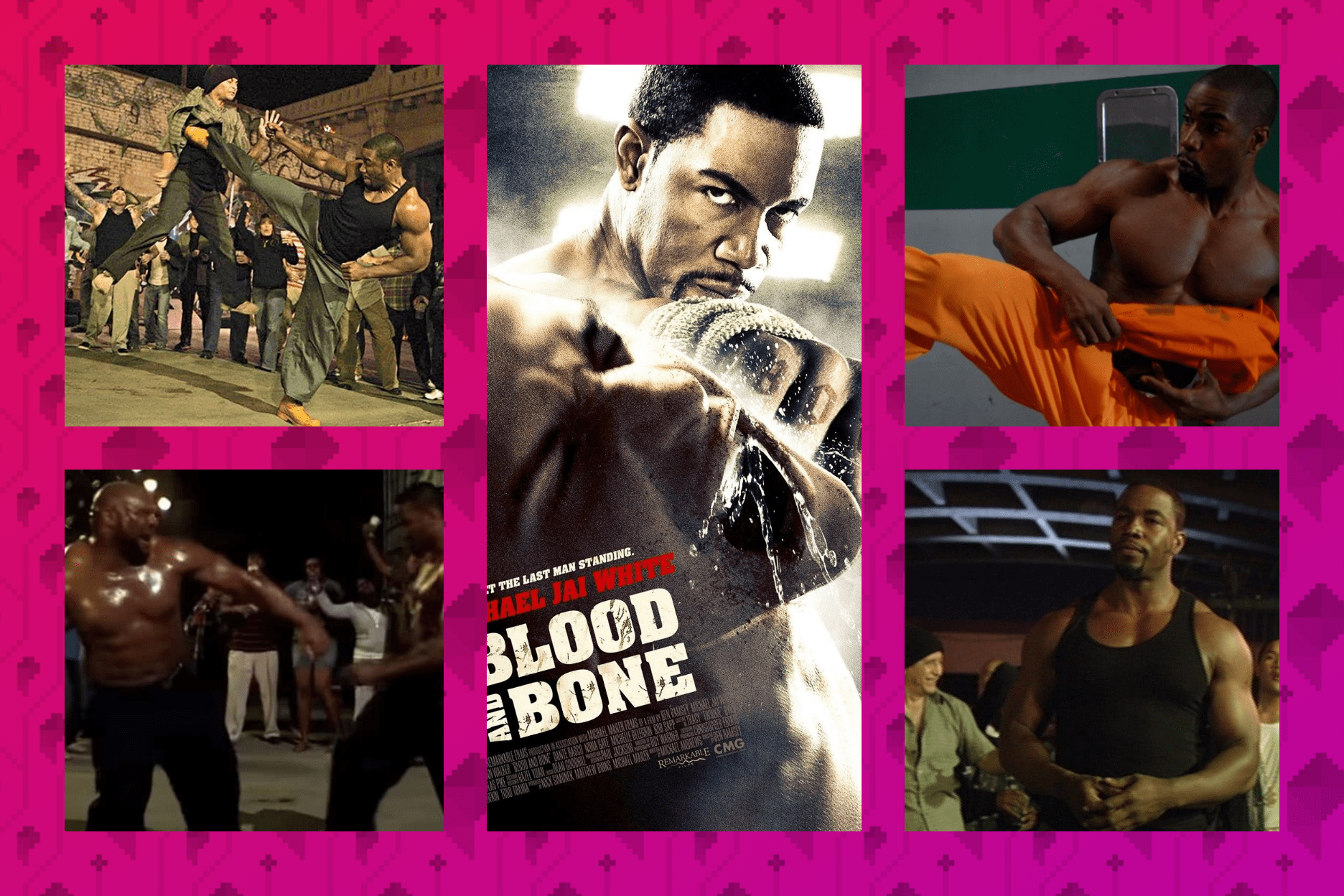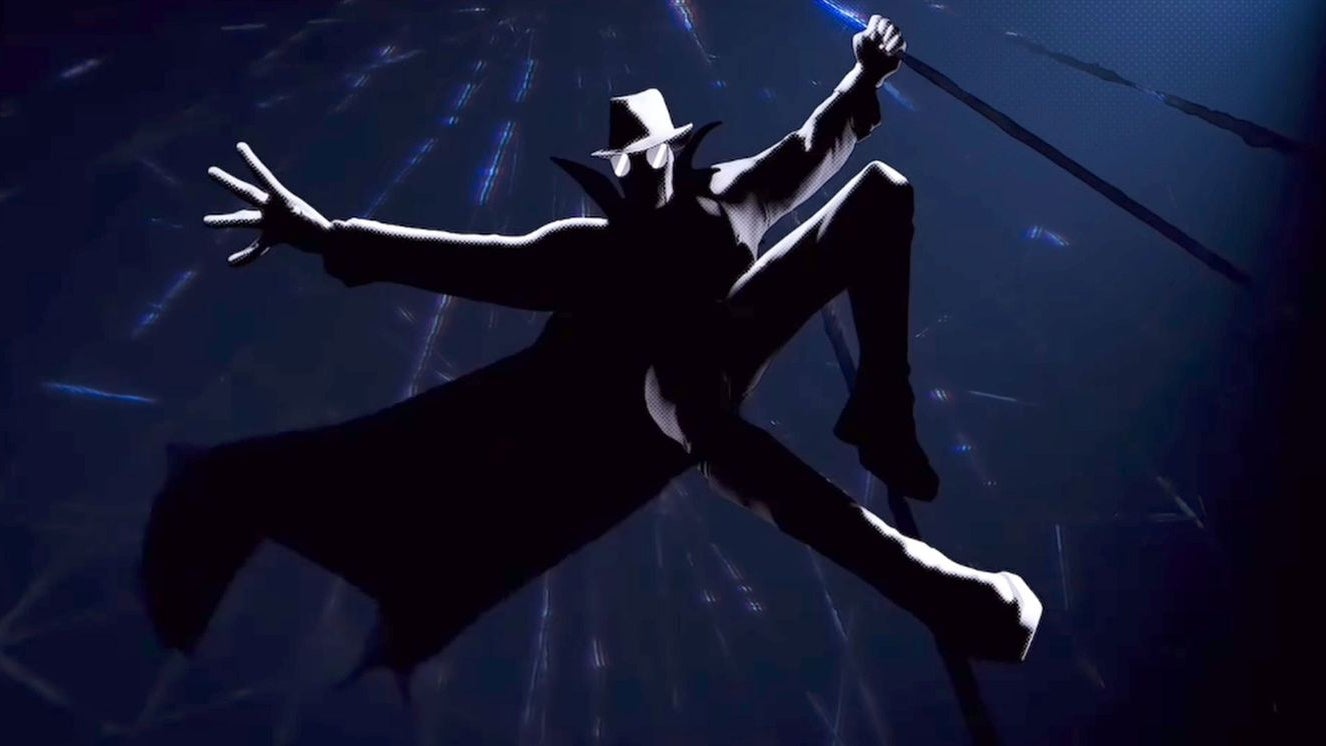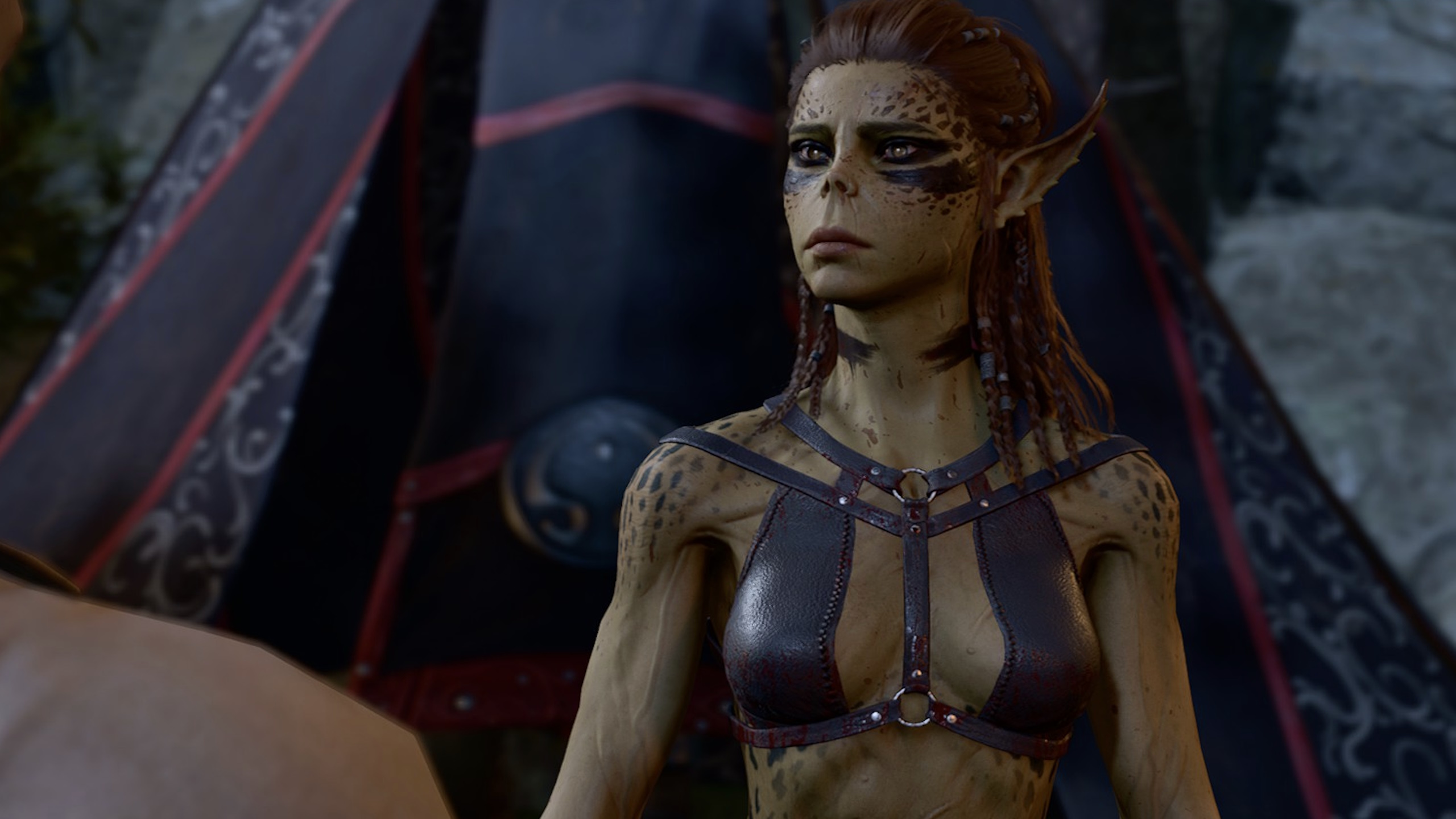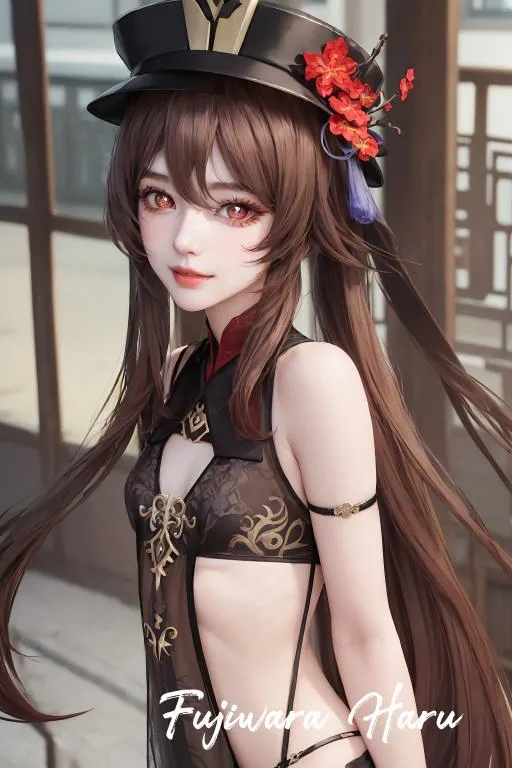
One fateful college weekend, ActionMax, the genre spinoff of Cinemax, programmed three down-and-dirty action films in a back-to-back marathon of cable curation that would change my life.
First was Universal Soldier: Day of Reckoning, a one-in-a-million blend of science fiction, horror, and R-rated action. Then Undisputed II: Last Man Standing, a milestone moment for the up-and-coming Scott Adkins. But the coup de grâce was 2009’s Blood and Bone.
Directed by Ben Ramsey (Dragonball Evolution, writer of The Big Hit), Blood and Bone is a crisp, 93-minute underground fight movie led by Undisputed II’s Michael Jai White, who surrounds himself with a litany of high-profile professional fighters, including Bob Sapp, Kimbo Slice, Gina Carano, and Matt Mullins. The cast and stunt team is stuffed with action movie legends (Gene LeBell, Robert Wall, Ron Yuan, Zoë Bell), major industry players-to-be (Extraction franchise director Sam Hargrave, The Continental stunt coordinator Larnell Stovall, Day Shift director J.J. Perry, Black Panther fight coordinator Clayton J. Barber), and talented industry veterans who remain underappreciated to this day (Jesse V. Johnson collaborator Luke LaFontaine, and Sauron himself, Sala Baker).
Blood and Bone is an unforgettable display of bodies in motion. Anchored through a satisfyingly simple story about an ex-con looking to dominate an underground fighting ring to fulfill a promise to a dead friend, the action choreography and fist-to-face sound effects combine to form pure cinema. Ramsey’s movie had opened me up to not just a whole new world of movies, but a whole new way of watching them.
On the occasion of its 15th anniversary, and at a time when all of its major players feel either essential to action movies or underappreciated for their art, Polygon spoke to many of those involved with Blood and Bone to understand how they pulled it off.
Where it all began

Michael Jai White, “Isaiah Bone” and co-producer: [Blood and Bone] was pretty much a revisiting of ’70s moviemaking, because I would do everything on camera. There’s no camera stunts or tricks or what have you. I love being pure to that, because Blood and Bone was about it — that was a fight movie. That was an homage to Hard Times [starring Charles Bronson and James Coburn] in a contemporary fashion. So that’s what that was intended to be. So it had to be this really mano-a-mano street-fighting type of thing.
Ben Ramsey, director: It started with Mike [Jai White]. He was looking for a director [for this project], and I had known Mike for quite a few years before we decided to do this. We were fellow martial arts fanatics, and always talked about doing one together. So he came to me with the script. And I was like, Yeah, come on, let’s go. Let’s do it. And we got the funding, and the rest, as they say, is history.
J.J. Perry, second unit director, martial arts director, and stunt coordinator: Me and Mike Jai White go back to 1990. When I got out of the army, he was just getting [to LA] from New York. He was a kyokushin national champion. I was the same in taekwondo. We were both, like, top players in our respective martial arts. He’s quite a bit bigger than me, he’s a different weight class, but we hit it off right away.
I did Undisputed II with Mike. We were already friends, but that’s when we created a very professional working relationship. And that’s when he asked me to come do Blood and Bone with him. I was super honored.
Sam Hargrave, “Manuel” and co-fight coordinator: It was early days in my career. J.J. Perry was a stunt coordinator I’d worked with. We had done X-Men Origins: Wolverine in Australia, and I was just starting to make a name for myself. He asked me to come on [the project], helping him fight choreograph, and playing a small character role. And so I helped him design the action, and I did a small stunt part where I got beaten up by Michael Jai White.
David Chan Cordeiro, “Carlos” and stunt performer: The stars were aligned. I wanted to do stunts since I was little. A friend of mine knew J.J., and he set up a meeting. It literally changed the course of my life.
Hargrave: I don’t think [you know how special it is] when you’re in it at the time. All the people I was working with were more established than I was. J.J. and Clayton [J. Barber] and Sala [Baker] had done much bigger movies for much longer than I had. I think I was probably too young and caught up in the moment to realize who’s who, the list that I had the honor to be in the midst of. But you look back and go wow — if you combine all of the resumes of these people, it’s one of the most impressive lineups in action cinema history.
Ramsey: We used to brag that we had the baddest cast in town.
Cordeiro: I was starstruck.
Shooting great action on a budget

Perry: We shot very quickly. And we hired a lot of badasses. We beat up 50,000 motherfuckers in like five days with three cameras.
White: That’s what we had to do. To be able to do it now, like even with [my recent movie] Outlaw Johnny Black, I’m creating the fight scenes as I’m on my way to set. Literally, because I don’t have the time.
Larnell Stovall, “Trey” and stunt performer: This was during a time when the MMA craze was kind of still peaking. Where UFC was still growing and legends were still being created. So any type of underground fighting had an expectation behind it now. People wanted to see more real techniques. They wanted to see jiu-jitsu, they wanted to see Muay Thai, they wanted to see karate. So realistic styles were incorporated in that.
Hargrave: Because [MMA] was in the public’s consciousness, people were used to seeing that and then you’re taking it and adding in what we would call “movie fu.” Like, Yes, it’s MMA, but with an exciting twist. So it’s the things that are the most dynamic, but still related to the principles of the technique. That era was definitely a demarcation and a shift of choreography for martial arts action movies.
Ramsey: We had such a short time to shoot. A lot of big martial arts movies famously had like a whole week or two weeks doing one fight scene, and we would get on set and just have a few hours, and we had about 20 days [total] to shoot in a whole bunch of locations, and just shy of $4 million on budget. So when it came time to do these fight scenes, they had worked it out so well that we could go and just shoot.
Hargrave: What I remember is the night shoot, when I was interacting with Michael, getting my butt kicked. But also time spent in the gym with all the stunt performers. It was fairly early in my career, 2009. And I’d only been doing it for about four years professionally. And so that camaraderie of working with the performers, being able to see the magic on this kind of level — it was a fun, lower-budget, gritty, get-it-done, “work with the fellas and do fun stuff with your friends” [project]. And I just remember the camaraderie of the stunt team on set.
Perry: I only have fond memories of those days of doing those run-and-gun, $2-to-$5-million budgets in 30 days where it’s you and your homeboys. We’re shooting seven days a week, and we’re sleeping in our cars, and we’re just going for it. I think that’s what prepped me for [bigger Hollywood movies]. Because if you can fight over your weight class in a movie like that, and score, when you get on a big movie, and you’ve got money and time, you have to shoot farther, you have to see farther. I’m super grateful for all of those movies, because that’s the road that got me to where I am now.
Hargrave: Lower-budget movies force you to work quickly and make bold choices and act on those choices. Meaning you don’t have a lot of time to second-guess yourself, you don’t have a lot of time to shoot a bunch of different coverage, you just [ask], What is the most effective way to tell the story with the camera there? and get it done with confidence.
Set stories/favorite memories
Cordeiro: Me and Sala got knocked out pretty early in a fight scene. But then there are other beats where Michael goes up to the leader of the gang and grabs him. So Sala and I had to play dead for maybe two or three nights in a row. Sala would put his hands on my ankle and start tickling. And I’m dead, and I’m trying to move away without ruining the take. I find it funny, because Sala is a massive dude, he used to play rugby, a huge human, but he is the kindest, most funny person.
Stovall: One of my favorite memories was the showcase fight scene where he took on fighter after fighter after fighter. Watching that, it was like, Yeah, this is gonna be special.
Hargrave: That moment when David Chan Cordeiro got deadmanned out of the air with a Michael Jai White side kick. I was showing that to somebody the other day!

Cordeiro: I had seen a YouTube wushu reel at the time, and I said, “I have a proposal, and I’d like to show you.” And Michael saw the kick and goes, “Oh, that’s amazing.” And I asked, “Do you mind if I [am the one who gets kicked]?” Because I figured they’re going to give it to a more seasoned stunt performer. And [co-fight coordinator] Fernando [Chien] was so nice. He said, “No no no, David, you suggested it, you keep it.” And I’m like, Oh my God, this is my big moment. On the day we do it, I get kicked with the kick — obviously, Michael’s being safe, so the kick wasn’t full-on, he kind of grazed me, and I didn’t get pushed back. So I get up, and I say to Sam, “Can he kick me harder?”
Fernando brought me a [stunt vest], and there’s a small tarp on the floor, so I had maybe an inch of padding. And he did kick me hard, and that’s the take in the movie. And then everyone just applauded and congratulated me. To be honest, I didn’t care if I got knocked out when I fell on the ground. I just wanted to sell that kick.
I was really nervous that day. So many big names. I thought to myself, All these guys, they probably wanted to be in this spot, so I really have to go 100%. But to be honest, I never felt any jealousy from them. They were super supportive, and when I asked for feedback, they all said, “Bro, you’re looking good, keep yourself safe.”” That was one of the best experiences I’ve had my whole life.
Stovall: We had Tanoai Reed in that, who’s The Rock’s double. He was the guy with the gold tooth that gets knocked out really fast. And what’s funny is, I love the idea of subverting expectations. Now, I didn’t have nothing to do with the story. But as an action designer, it teaches me to pay attention to things. Maybe you need to bring the audience’s expectations to a certain point, and then go left. Because when you see a guy like that, you’re like, Oh, he’s this size, he can move. OK, this is gonna be a good fight. And then WAPOW! and it’s over. Like, wait, what the — what just happened? At the end of the day, things like that I think stand out more.
So within Blood and Bone, I liked the idea that they built the character up so strongly, that by the time somebody [gave White’s character a real challenge] — whether it was Bob Sapp, or whether it’s our final character, the fight scene with Matt Mullins, it was a better payoff by the time you got there.

Hargrave: In the final showdown, we had choreographed a sequence where [Mullins] gets swept and falls to the ground and does this big fall. We had another stunt guy double him for that, Steve Upton. He took such a hard fall, and then just got back up and kept going. I remember my eyes popping out of my head, and going, like, Holy smokes. So yeah, Steve Upton, doubling Matt Mullins, he gets swept and does the ultimate taco fall, he basically falls and folds in half beyond 90 degrees. I was in awe of that, the ability to keep going, that stuck out to me. And I actually will reference that or show that to new stunt performers and go, “This is what stunt people do in a fight, when they do their acrobatic falls.”
Michael Jai White as a singular action star

Stovall: Michael Jai, who’s a beast, he’s like my big brother. I’ve done a few films with him. It was great to see him get off in that.
Hargrave: Michael is fantastic. He’s a true martial artist from way back, and getting to work with somebody with his control, speed, technique, and acting skills is an honor, and it makes our job easier, right? Because you don’t have to hold their hand through the process. It’s like a dance with a partner who’s much more advanced than you are at that particular dance. So working with him, it was great. It was never a sense of feeling like, Oh, gosh, you’re in danger, you’re gonna get hurt. Because he demonstrates this all the time, he could stop a punch within centimeters of your face. Just so much control, so much experience. It was really an honor to work with him.
Ramsey: That was a daily process for him, wowing me. The beauty of shooting with an actor as skilled as Mike is that you don’t have to rely on doing a lot of cuts and coverage. We planned and decided that we’re going to do long takes and as few cuts as possible.
It’s like a dance with a partner who’s much more advanced than you are.
Sam Hargrave
The other thing Mike was real big on, being a true martial artist, was showing the character’s strategy. How he would do things like, when a guy jabbed he would drop his left. Mike studied that. He throws a jab, drops and comes across with a right cross, knocks him out, POW. Or there’s a guy that would leave his ribs open. So Mike lifts up his arm and exposes his ribs. So there was kind of like this throughline, you know, that he was always playing chess. He was also a strategist when he was fighting, so that was something that we wanted to show.
Cordeiro: I think it works because it’s Michael. It wouldn’t have worked if it was anyone else. He has an aura. A lot of what you see on Blood and Bone is Michael being Michael, kind of like Bruce Lee on Game of Death. Had it been someone else, you could probably tell if it’s being too fake or too forced.
Perry: Mike has always been a dear friend and a fan. And I’ve always been a huge fan of Michael Jai White. He’s a real one, not just as a martial artist, but as a human being and a real gem. What a G. Man, you know, I’m 10 days older than Mike Jai, a lot of people don’t know that. Yeah, I wish I looked like I was only 10 days older than Mike, goddamn.
Hargrave: He’s got the look, the physicality, and the charisma. He’s made a career out of it. It’s just curious the way the cookie crumbles in that regard sometimes.
Cordeiro: I wish we had Michael and [Mark] Dacascos when they first started out, now, in 2024, with the audience that we have, with the directors that we have. They were the pioneers. They opened the industry for us. And they were too far ahead of their time.
Cordeiro: [White never becoming an A-list action star] is one of the things that really breaks my heart. Clayton [J. Barber] always said, “Action heroes, your career is very short-lived and very ungrateful. You don’t get to make a whole lot of money. Like, you’re not gonna get filthy rich. You’re always gonna be doing like a lot of B movies, and it’s the risk of injury.”
Blood and Bone’s legacy
Stovall: Blood and Bone, that one needs a sequel.
Cordeiro: I cannot talk enough about how much this influenced my life. And I had no idea that the movie would live on so long. Even nowadays in São Paolo, people will be like, “Aren’t you the guy in Blood and Bone?”
Perry: Do I want to go back and do another Blood and Bone? If it was Mike and Scott Adkins, bro, I’ll go. I’ll go because those are my homeboys. Let’s go.
Ramsey: It’s kind of died down a little bit, but for the longest time, it would happen almost every day. Somebody would ask me about Blood and Bone 2. That’s a Mike and a Sony question. I was just a hired gun. I’m semi-retired right now from showbiz, kind of doing my own thing. But if the call came and Mike said, “Come on, we’re going to do Blood and Bone 2,” I’d be there.
Blood and Bone is available to watch on Netflix, for free with ads on Tubi, or for digital rental on Amazon and Apple TV.
Source:https://www.polygon.com/action/450051/an-oral-history-of-the-action-classic-blood-and-bone







